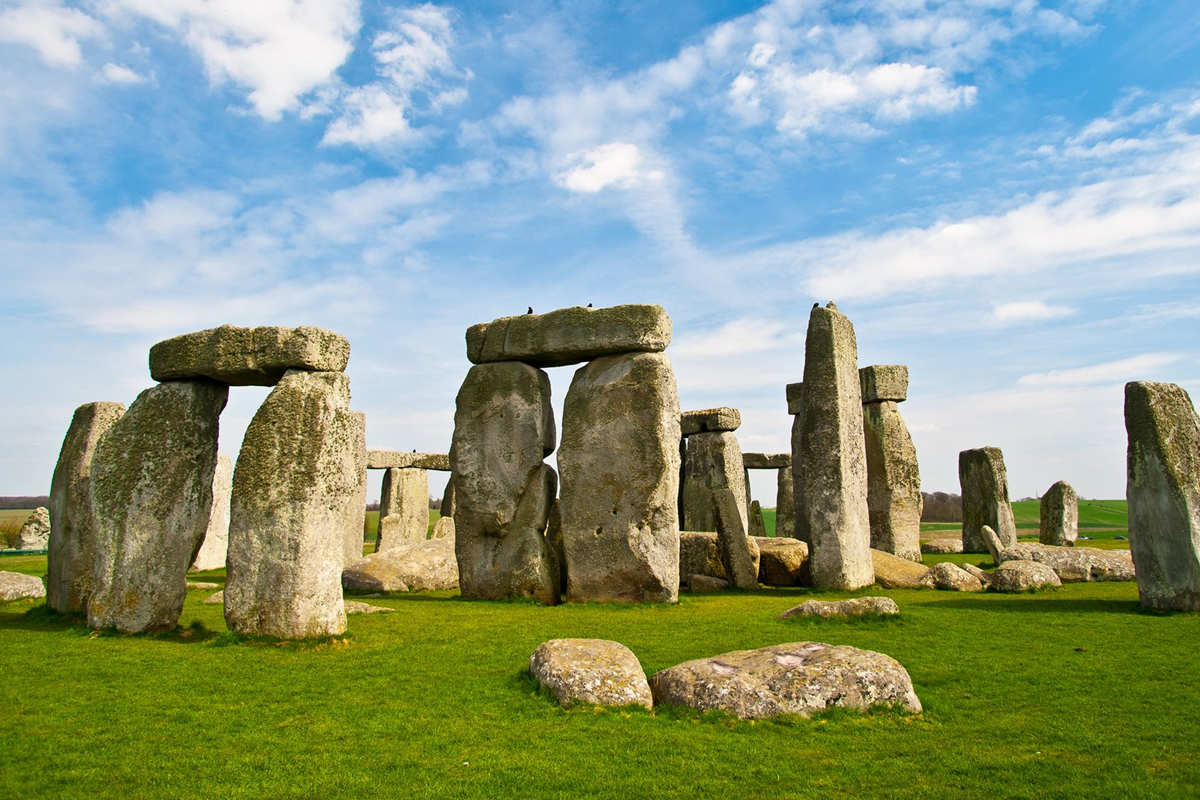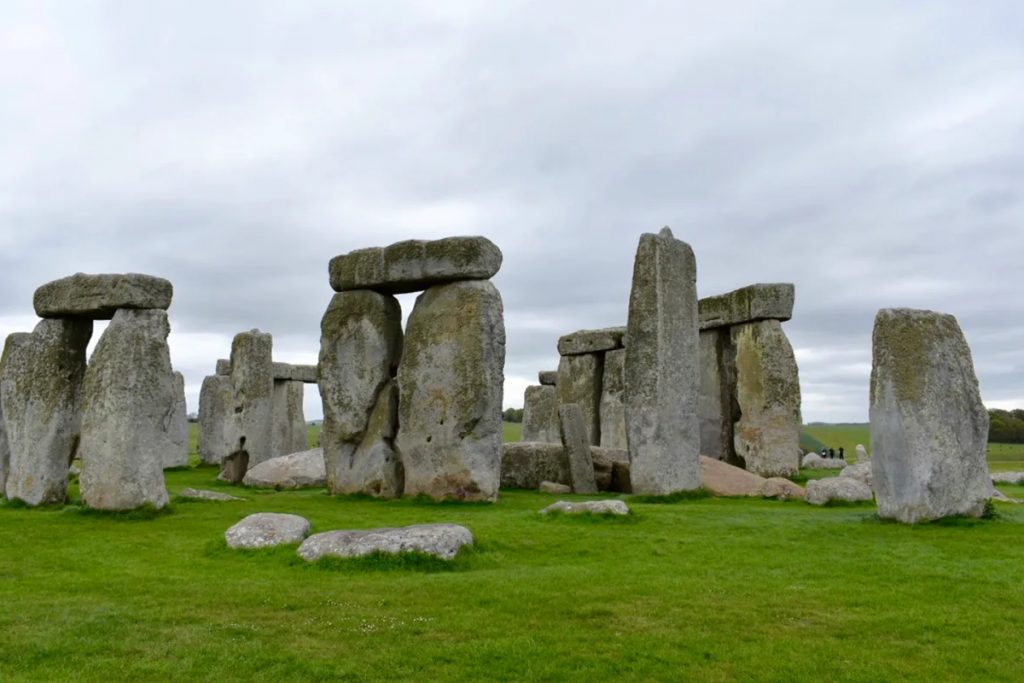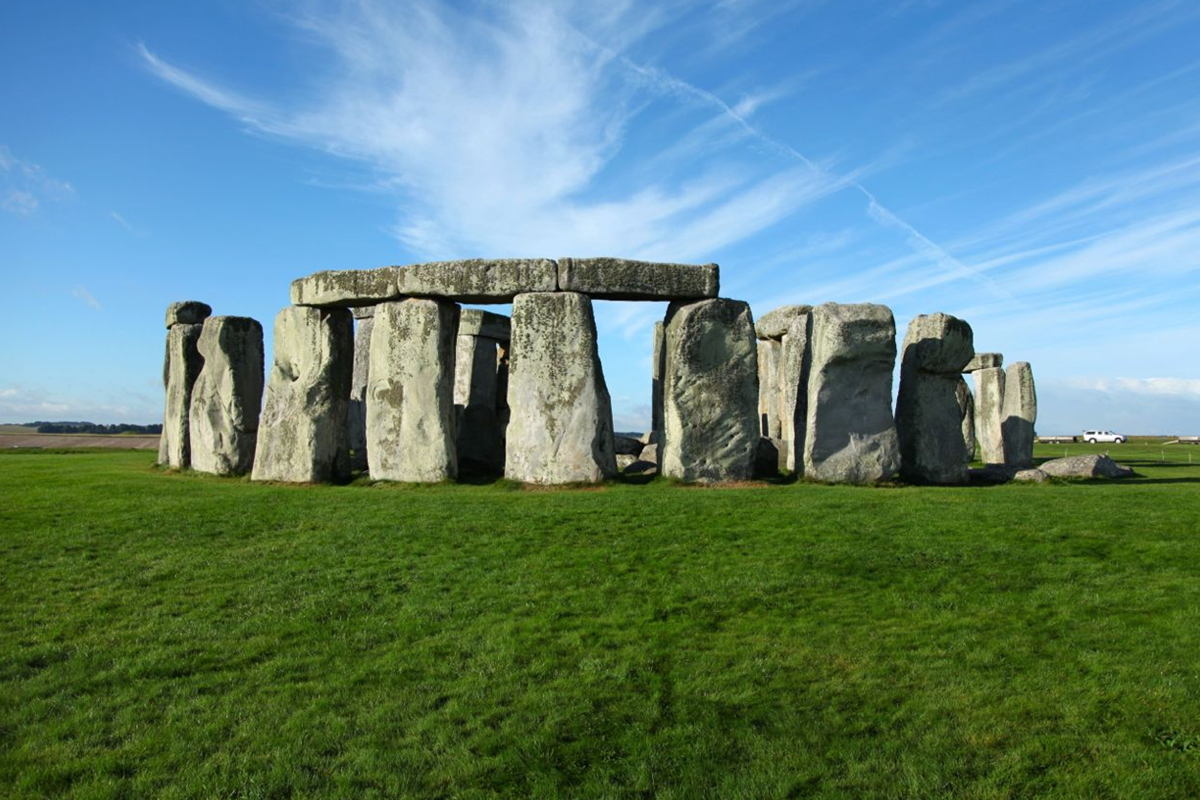We may earn money or products from the companies mentioned in this post.
Stonehenge is one of the most famous archaeological sites in the world. The mysterious monument has captivated millions of tourists and researchers since it was discovered more than 200 years ago. Spanning more than 4,500 years of history, Stonehenge’s origins remain a mystery to this day. With so much history packed into such a small site, you might think that there are tons of interesting facts about Stonehenge. You would be right! Here are some fascinating facts about the history of Stonehenge and why it’s one of the most famous archaeological sites in the world.
WHERE IS STONEHENGE?
Stonehenge is located in the United Kingdom, just outside of the village of Amesbury. It has been designated a UNESCO World Heritage Site since 1986.
The name “Stonehenge” comes from the Old English word for “hanging stones.” This name likely came about because when Stonehenge was first built, it was used as a burial ground for nearby villagers.
THE HISTORY OF STONEHENGE
Stonehenge is one of the most famous archaeological sites in the world. The mysterious monument has captivated millions of tourists and researchers since it was discovered more than 200 years ago. Spanning more than 4,500 years of history, Stonehenge’s origins remain a mystery to this day. With so much history packed into such a small site, you might think that there are tons of interesting facts about Stonehenge. You would be right! Here are some fascinating facts about the history of Stonehenge and why it’s one of the most famous archaeological sites in the world:
– Stonehenge is thought to have been built around 3000 BC
– The construction took centuries and required thousands of people
– There is evidence that people were buried at Stonehenge in 3100 BC
– When completed, Stonehenge had an inner avenue with 24 stones on either side and 30 stones at the end
– In addition to these stones, there are bluestones that surround it

THE FAMOUS PEOPLE CONNECTED TO STONEHENGE
The history of Stonehenge is still a mystery to this day. However, there have been many people and cultures that have been connected to the monument through their time in England and the surrounding areas.
The most famous connection is between King Arthur and Merlin. King Arthur was known for his magical sword, Excalibur, which was said to be embedded into the stone at Stonehenge when it was presented to him by the Lady of the Lake. Merlin also had a connection with Stonehenge since he lived in Avalon, or what would later become England. The ancient name for England was Albion, which means “Land of Avalon” or “Land of Magic.”
The Druids were also important during Stonehenge’s history since they were the ones who created and maintained Stonehenge before it became an archaeological site. They may have also shaped it according to their religious beliefs or practices based on natural elements like water or earth.
Stonehenge was built by Neolithic people in the Neolithic period which lasted from around 4000 BC to 2400 BC. The first time it was discovered was in the mid-18th century, but it became famous after William Stukeley described it in his book “Stonehenge” published in 1740. The monument is estimated to have been constructed between 2600 and 2200 BC although its exact purpose remains unknown.
The first phase of construction was a circular ditch with two parallel banks that reached about 21 meters (70 ft) high and was approximately 7 meters (23 ft) wide at the base. It has now been dated back to 3300 BC, making Stonehenge one of the world’s oldest monuments. In the second phase, a 30-meter (98 ft) diameter circle composed of bluestones and sarsens was erected on top of this circular bank and further earthwork was added to form a horseshoe shape. It is believed that Stonehenge was originally more than 120 meters (393 ft), but erosion has reduced its size considerably over time.
In addition to being one of the world’s oldest structures, Stonehenge is also one of England’s most important historical sites. Its origins are closely tied with those of ancient Britain and it served as an important religious site for many centuries before the arrival of Christianity in Britain around 500 AD.


